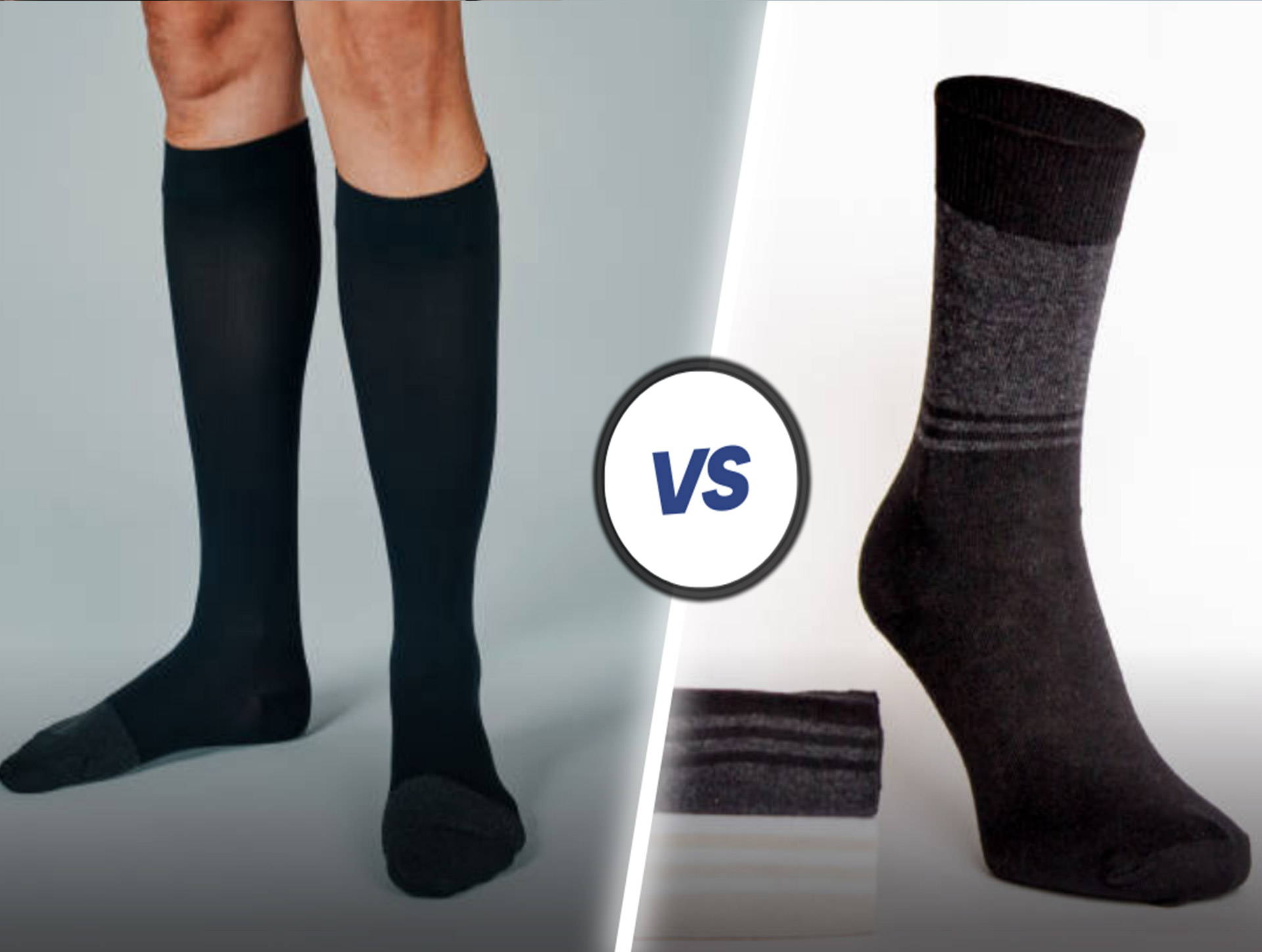
Know the Difference: Diabetic Socks vs Compression Socks
August 5,2023 | 3 Mins Read
TABLE OF CONTENTS
2. What are Compression Socks?
3.Are Diabetics Socks the Same Thing as Compression Socks?
4. Who Should Wear Diabetic Socks?
5.Who Should Wear Compression Socks?
6.Are Compression Socks Suitable for Diabetic Patients?
7.How to Choose the Right Diabetic Socks or Compression Socks
Taking care of our feet is crucial, especially for individuals with specific health conditions. Two types of socks that serve distinct purposes in foot care are diabetic socks and compression socks. While they may share some similarities, it's important to understand their differences and when to use each type.
In this article, we will explore the features, target conditions, and benefits of both diabetic socks and compression socks, helping you make an informed decision about which sock type is right for you

Diabetic socks are a type of specially designed socks that are intended to be worn by individuals with diabetes. These socks are created with specific features to address the unique foot care needs of people with diabetes.
The primary purpose of diabetic socks is to promote foot health and reduce the risk of complications that can arise due to diabetes-related foot conditions. One of the common complications of diabetes is neuropathy, which can lead to a loss of sensation in the feet. This means that a person with diabetes may not feel pain or discomfort from foot injuries or blisters, leading to delayed treatment and potential infections.
Overall, the key features of diabetic socks include:
Compression socks are a type of specialized socks that are designed to improve blood circulation and reduce swelling in the legs and feet. They are made of elastic materials and apply gentle pressure to the lower extremities, with the highest pressure exerted around the ankle and gradually decreasing as they go up the calf or thigh.
The primary purpose of compression socks is to assist in the proper circulation of blood from the legs back to the heart. The pressure applied by these socks helps to squeeze the veins and muscles in the lower legs, aiding in the upward flow of blood. By improving circulation, compression socks can prevent blood from pooling in the legs and reduce the risk of developing blood clots, such as deep vein thrombosis (DVT). Compression socks are also often recommended for individuals who have certain medical conditions or situations that can affect blood flow.
Compression socks have several key features, including:
Although there may be some overlap in features, diabetic socks, and compression socks are not the same thing. Here's a quick summary of the main differences between diabetic socks and compression socks:

Diabetic socks are recommended for individuals with diabetes or those at risk of developing foot complications. They are particularly beneficial for individuals with peripheral neuropathy (nerve damage) or poor circulation. People who have diabetes should wear diabetic socks daily to prevent blisters, calluses, and ulcers, especially if they have any open wounds or sores on their feet.
Compression socks are suitable for a wider range of conditions. They are recommended for individuals with venous insufficiency, varicose veins, lymphedema, or those who experience leg swelling during long periods of sitting or standing. Compression socks can also be beneficial for athletes or individuals recovering from surgery to improve circulation and reduce muscle fatigue. Additionally, people who travel frequently or have a sedentary lifestyle may find compression socks helpful in preventing blood clots and maintaining healthy blood flow in the legs.
Diabetic patients may have specific foot complications, such as peripheral neuropathy or open wounds, which require the use of diabetic socks designed to minimize friction and reduce the risk of injury. Compression socks, which apply pressure to the legs and feet, may not be suitable for everyone with diabetes as they could potentially restrict blood flow and impede the healing process.
Therefore, it is crucial for diabetic patients to consult their healthcare providers, such as a doctor or a podiatrist, to determine if compression socks are appropriate for their individual condition.
When choosing the right diabetic socks or compression socks, there are several factors to consider to ensure they meet your individual requirements. Here are some guidelines to help you make an informed decision:
To prolong the lifespan of your diabetic socks or compression socks and ensure their optimal performance, it is important to follow proper care and maintenance techniques. Here are some tips for caring for your socks:
By following these guidelines, you can make sure your diabetic socks or compression socks are properly cared for and remain in good condition.
While both diabetic socks and compression socks serve unique purposes, they cater to different foot health needs. Understanding their distinctions and wearing the appropriate socks can help individuals effectively manage foot complications associated with diabetes or other conditions.
If you are looking for a pair of compression socks that provide superior comfort and support, Koprez® Compression Socks are the ideal choice. Our socks feature an improved blend of elastic materials and seamless construction for maximum comfort, breathability, and moisture-wicking properties. Try Koprez® compression socks today and experience the difference! Shop now at Koprez.com.
References
Author

Claire Evans worked as the content marketing manager at Koprez. Claire combined a background of writing and editing, marketing, and patient education to best serve consumers, fitness enthusiasts, athletes, and anyone who relies on the Koprez brand for helpful information.
Koprez® Featured Products


"I sprain my wrist super often, so I decided to try out this sleeve. This is game-changing! I've been using it for a while now, and my wrists feel amazing. I haven't gotten in any injuries since using it too. It just makes my wrists feel so supported."
Alexis A.
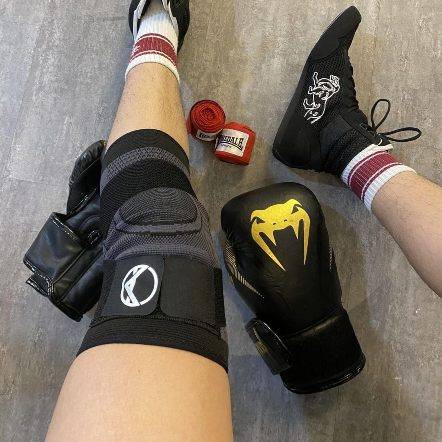

"Use this for my boxing training. It is a very comfortable brace and does not move out of position during skipping ropes and sparring sessions. I use it while running too. Probably the best brace I've purchased throughout the years. It is very flexible. Makes me look like a pro! :)"
Samuel L.


"I've just got back to running after a couple of years of being plagued by injury. These compressions socks are helping give me peace of mind while I build up my distance again. They are the perfect level of compression, super comfy, and very high quality. Feel great while on a run, and looks great in the orange colour I have!"
Dave R.
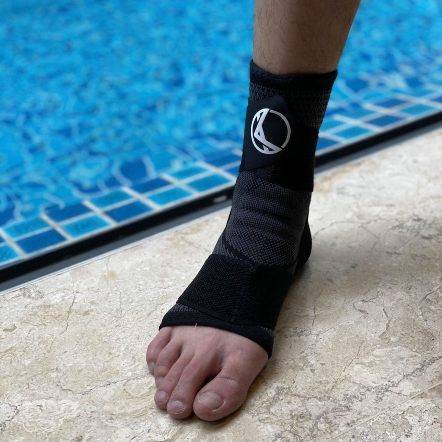

"I have a weak ankle, and the Koprez ankle sleeve has been a lifesaver. Wear it every day. Super breathable and comfortable. Like wearing a cool sporty looking sock!"
James F.


"This is the best knee sleeve I've ever tried. It's now a must-have for all my exercises. A few years ago, I had an accident that damaged my knees, but with Koprez I can be active again with no knee pains at all. It's been truly amazing!"
Alex M.
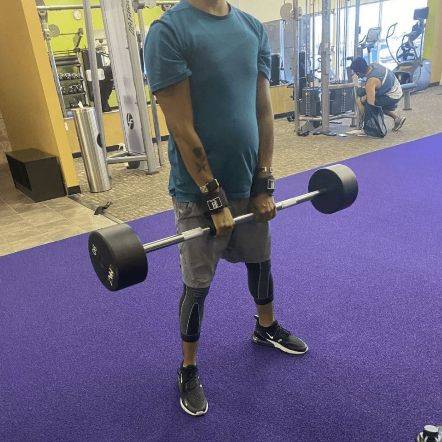

"One of the best purchases I've ever made. It fits your legs all the way from top to bottom, great snug fit, gives you support and definitely helps during rehab and training."
Rafael A.


"I had a minor elbow injury, and Koprez sleeve was super supportive and definitely helped me recover faster. I still use the sleeve to prevent further injury. So far, so good. Very comfortable and does not feel hot at all. Highly recommend!"
Corey B.


"It's really been a game-changer for me. It allows me to exercise a lot longer than I used to. Now my knees don't hurt, and they're not uncomfortable at all."
Mike P.


"Great product!!"
Harold
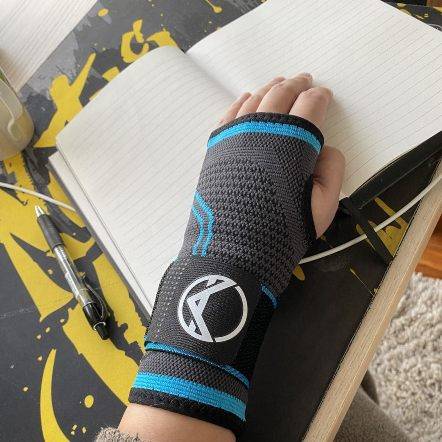

"I have carpal tunnel, and this brace has helped me work pain-free. Love the materials, and I can feel my wrists slowly getting better, even when I don't wear them!"
Christopher J.


"I wanted to try out these sleeves to improve my squats and deadlift in the gym without worrying about injuring my knees. They stayed up throughout the entire gym session, and my knees feel super supported. Now I can do what I love for years to come. "
Corbin C.